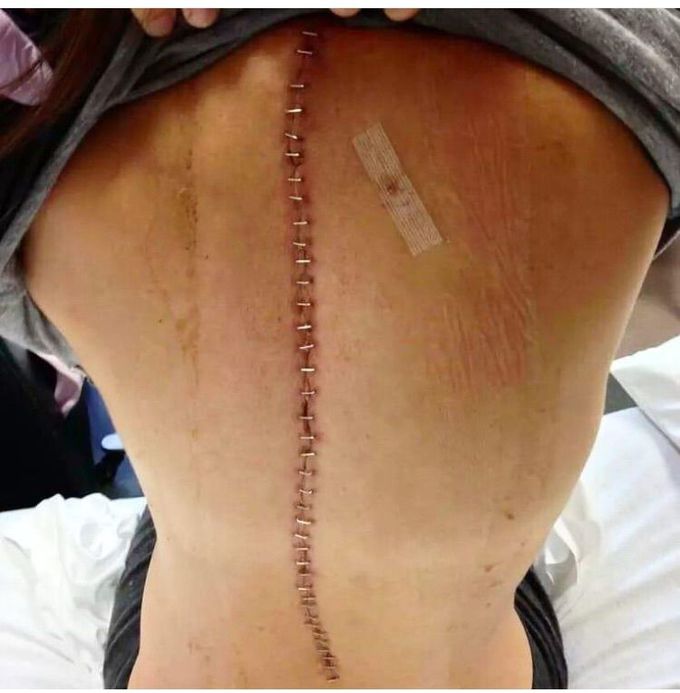


Surgical staples
Surgical staples are specialized staples used in surgery in place of sutures to close skinwounds, connect or remove parts of the bowels or lungs. The use of staples over sutures reduces the local inflammatory response, width of the wound, and the time it takes to close. The first commercial staplers were made of stainless steel with titanium staples loaded into reloadable staple cartridges. Modern surgical staplers are either disposable and made of plastic, or reusable and made of stainless steel. Both types are generally loaded using disposable cartridges. The staple line may be straight, curved or circular. Circular staplers are used for end-to-end anastomosis after bowel resection or, somewhat more controversially, in esophagogastric surgery.The instruments may be used in either open or laparoscopic surgery, different instruments are used for each application. Laparoscopic staplers are longer, thinner, and may be articulated to allow for access from a restricted number of trocar ports. Some staplers incorporate a knife, to complete excision and anastomosis in a single operation. Staplers are used to close both internal and skin wounds. Skin staples are usually applied using a disposable stapler, and removed with a specialized staple remover. Staplers are also used in vertical banded gastroplasty surgery (popularly known as "stomach stapling").
I appreciate the information about staples. I’m curious as to why this patient has staples over his entire back
I believe I have staples inside after my gastric sleeve surgery.

